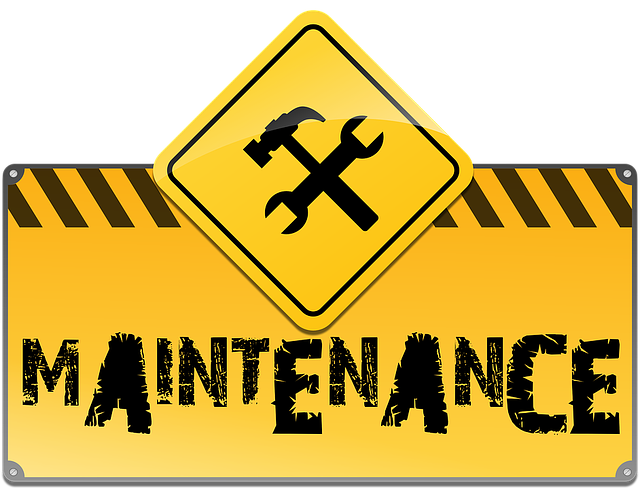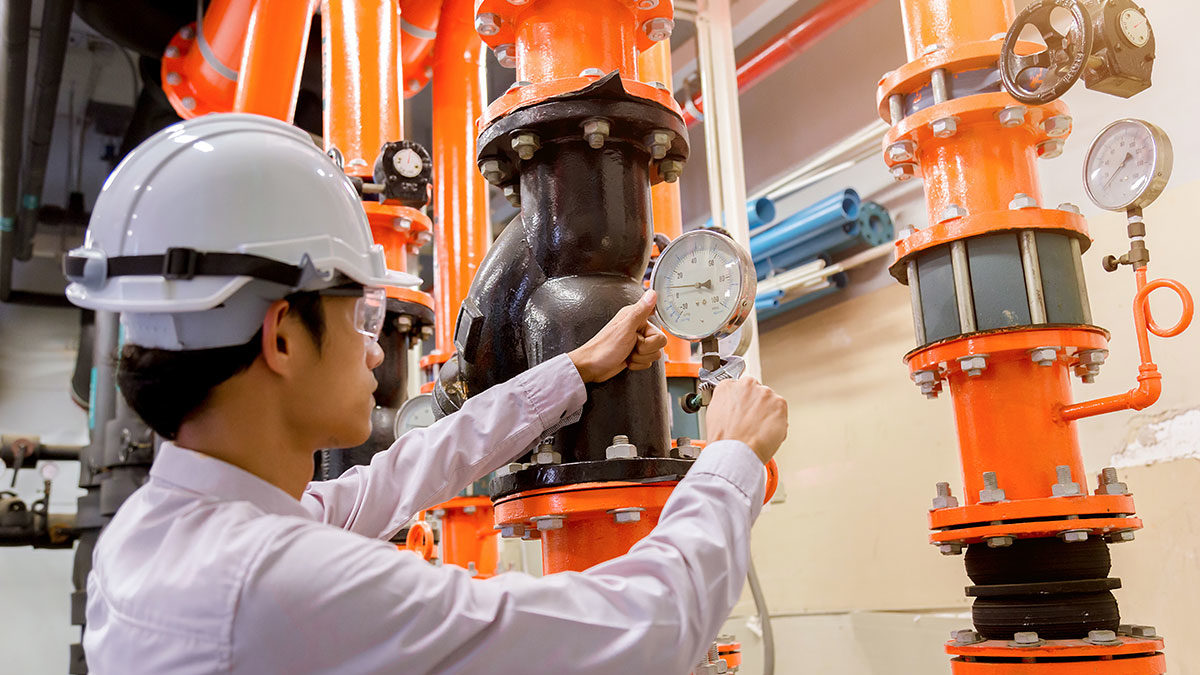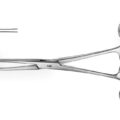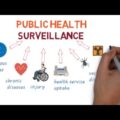What is maintenance?
Maintenance, in general, can be defined as efforts taken to keep the condition and performance of a machine always like the condition and performance of the machine when it is still new.
The importance of an effective maintenance program cannot be overlooked because it plays such an important role in the effectiveness of Lean manufacturing. As in personal health care insurance, maintenance may be considered the health care of our manufacturing machines and equipment. It is required to effectively reduce waste and run an efficient, continuous manufacturing operation, business, or service operation. The cost of regular maintenance is very small when it is compared to the cost of a major breakdown at which time there is no production.
The main purpose of regular maintenance is to ensure that all equipment required for production is operating at 100% efficiency at all times. Through short daily inspections, cleaning, lubricating, and making minor adjustments, minor problems can be detected and corrected before they become a major problem that can shut down a production line. A good maintenance program requires company-wide participation and support by everyone ranging from the top executive to the shop floor personnel.
Types of Maintenance
Maintenance activities can basically be divided into two parts: planned maintenance activities and unplanned maintenance activities. Planned maintenance is maintenance that is organized and carried out with thought to the future, control, and recording in accordance with the plans that have been determined previously. The type of maintenance cannot be equated for each piece of equipment, which depends on the method, cost, and critical level. The following types of maintenance methods are commonly used in several industries;
Preventive Maintenance
It is a method for preventing damage to equipment by periodically replacing parts based on time of use and carrying out minor maintenance and inspections to find out the current state of the equipment/machinery. Example: Cleaning, checking, lubricating, bolt tightening Periodic inspection Periodic and small over haul restorations.
Failure Finding Maintenance
Failure Finding Maintenance tasks are aimed at detecting hidden failures typically associated with protective functions. Think pressure safety valves, trip transmitters, and the like. This type of equipment won’t be required to function until something else has failed. That means that under normal operating conditions you will not know whether this equipment is still functional i.e. the failure modes are hidden. And since these failures are hidden, you’ll need to find them before you are relying on that equipment to protect you. It’s important to realize that failure-finding maintenance tasks do not prevent failure but simply detect it. And once detected you’ll have to repair the failure you found. Failure Finding Maintenance is conducted at fixed time intervals typically derived from legislation or risk-based approaches.
Predictive Maintenance
Predictive maintenance is a method for doing maintenance by replacing parts based on predictions using a tool. The point is if the preventive method is only based on the schedule, then the predictive method is based on the results of the measurement. This method can also use the five senses, for example in bearing inspection can be distinguished from the sound produced. Or checking temperature, by touching it we can feel the difference or abnormality of the equipment. Examples: Tachometer, to measure the rotation of the Thermometer, to measure the temperature of the Ampermeter, to measure amperage
Corrective Maintenance
It is a method intended to improve the reliability of equipment/machines by improvising. In addition to equipment, it is also intended for parts that have a short life cycle (reduce the frequency of damage) and speed up repair time. In other words, this method is to extend MTBF (Mean Time Between Failure) and accelerate MTTR (Mean Time To Repair) because of its reliability (activity to prevent recurrence of damage) and maintainability (activity to speed up repair time). Example: The operator has difficulty checking the oil volume of the generator engine, so improvisation is done by making a measuring cup equipped with a scale.
Breakdown Maintenance
It is a method where inspection and replacement of parts are not carried out, so with this method, we leave the equipment damaged and then we fix it or replace it Usually this method is applied to equipment/machines with consideration: Equipment is only optional (additional) so that if it is damaged it does not interfere with production.
Total productive maintenance (TPM)
Total productive maintenance is a maintenance activity that involves production operators in maintaining equipment/machinery in addition to activities carried out by maintenance operators. Examples are cleaning, lubricating, tightening nuts & bolts, daily checking (checking equipment/machine state), simple repairs (replacing leaking hoses, welding tips), etc.
The objectives of the TPM are:
Develop operators that are able to detect damage signals as early as possible. Because it is the production operator that really knows the state of the equipment to even the most detailed part.
Creating a neat, clean workplace so that any irregularities can be detected as early as possible.






